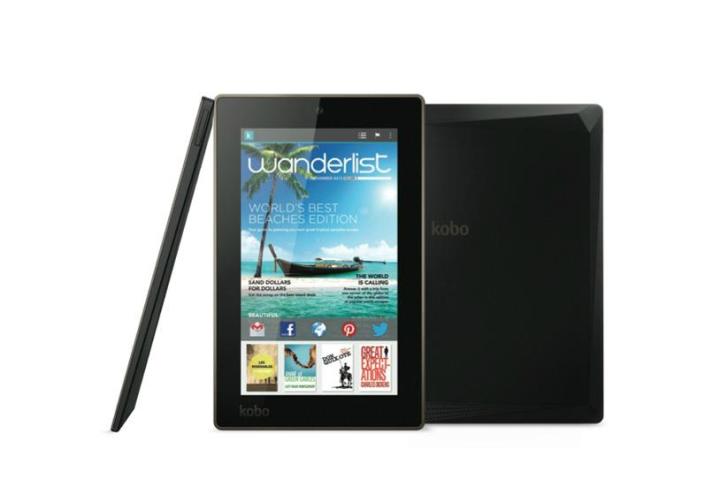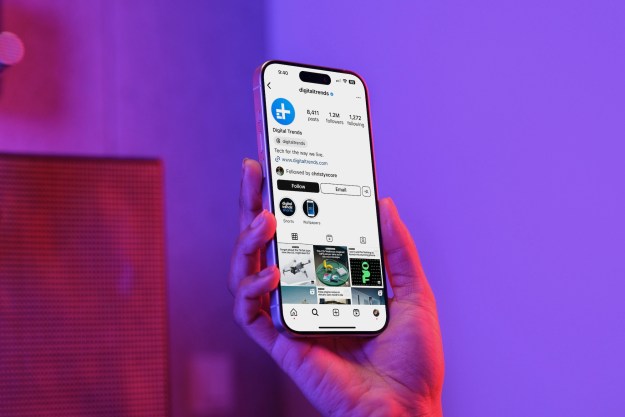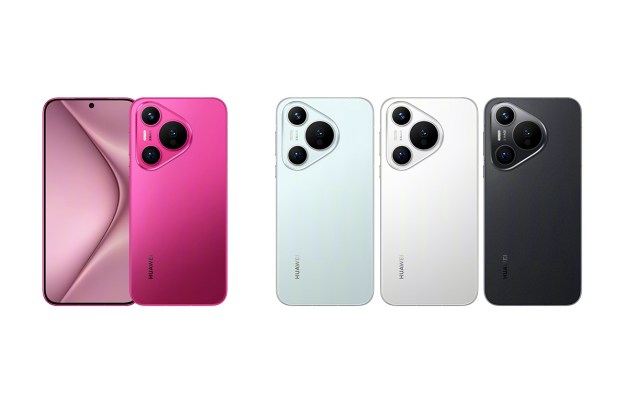
The tablet space got a little more crowded Tuesday evening with the unveiling of a bunch of new devices from Kobo.
The company will launch three new tablets on October 16: the Kobo Arc 10HD, Kobo Arc 7HD, and Kobo Arc 7 (all running Android 4.2.2 Jelly Bean), as well as a 6-inch reader with e-ink display, the Kobo Aura.
In an effort to set them apart from the mass of offerings already vying for consumer attention, the company said that unlike most tablets, which are multi-purpose devices first and e-readers second, their new devices have been designed with readers squarely in mind.
For example, when you log in, you’ll be presented with a reading-focused screen (called the Reading Life interface) with all your material organized on virtual shelves. Also, distractions in the form of endless notifications and messages will be automatically held back while the device is in Reading Mode, allowing the user to immerse themselves in their book without being disturbed.
Arc 10HD
The priciest slate among its new range is the Arc 10HD, which, as its name cleverly suggests, comes with a 10-inch high-definition display (2560 x 1600).
An NVIDIA Tegra 4 1.8GHz quad-core processor, 2GB of RAM, 1.3-megapixel front-facing HD camera, and dual stereo speakers are also part of the package. In reading mode only, the battery should last for as long as 10 days. Used more as a tablet and you can expect around 9.5 hours. The 10HD will sell for $400.
Arc 7HD
As for the 7-inch Arc 7HD (above), under the hood you’ll find an NVIDIA Tegra 3 1.7GHz quad-core processor, 1GB of RAM, a 1.3-megapixel front-facing HD camera, and a 1920 x 1200 display. Battery-wise you’re looking at eight hours. The 7HD will sell for $200 (16GB) and $250 (32GB).
Arc 7
The cheaper Kobo Arc 7 ($150) is being touted as the entry-level device, and comes with a more modest 1024 x 600 display, MTK 8125 1.2GHz quad-core processor and 1GB of RAM.
Aura e-reader
Finally we have the new Aura e-reader (right), a 6-inch device set to stores on September 16 for $150. This is a front-lit device, with a decent 212 dpi display, and sells with 4GB storage good for 3,000 books, though if that’s not enough for you (how can that not be enough?), you can whack it up to 32GB with a microSD card. However, with a potential 24,000 books on your device, you’ll likely spend more time trawling through them looking for one to read rather than actually doing any reading.
The company also announced the September launch of a brand new digital magazine store with content from a range of high-profile publishers, Conde Nast, Hearst, and Bauer Publishing Group among them. iOS and Android users with the Kobo Books app will also be able to access the store.
With sales of e-readers on the decline, Kobo’s move to try to bring the reading experience front and center on tablets is an interesting one, though it’s clear that for many fans of e-readers it’s the easy-on-the-eyes e-ink display which is the main attraction, possibly making the Aura device a more attractive proposition.
[via Mashable]
Editors' Recommendations
- This new Android tablet has an e-ink screen that destroys the Kindle
- Barnes & Noble unveils budget e-book reader
- Kobo Forma e-book readers can now access Dropbox. Here’s how to link up


